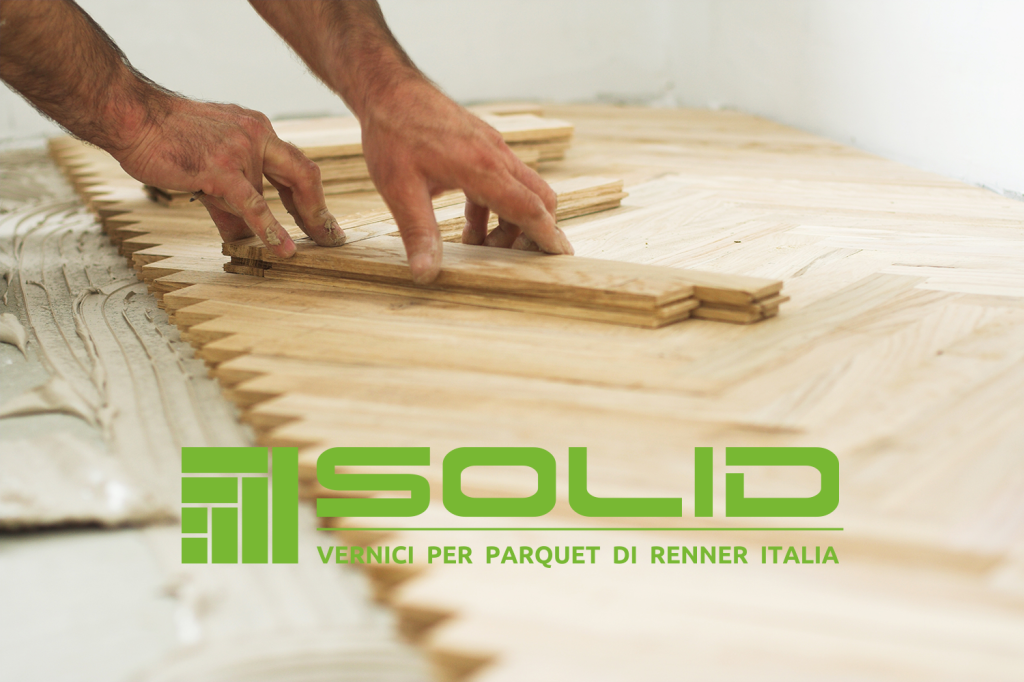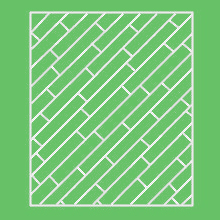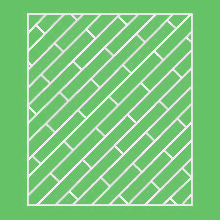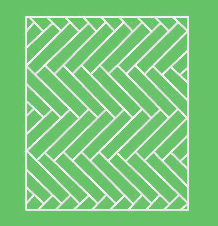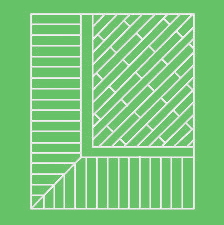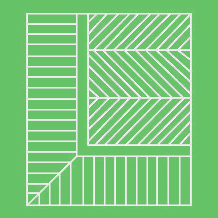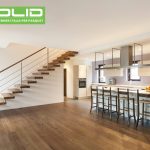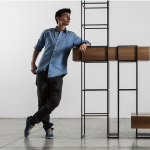Laying geometry and wood floors aesthetics
The laying geometry is an important step in the choice of a wood floor.
At the same level of the wood type choice.
The laying geometry is the pattern created by the positioning of the individual elements that make up a wooden floor. This process influences the price, for this reason the geometry of parallel elements, the easiest, is often chosen.
The ones who need an elegant and refined wood floor, this moment is very important. Wood floors are foundamental in the furnishing system. Taking care of these details is a way to manage the aesthetic details of a location.
The reference standard that specifies the main and most common laying geometries is UNI EN 13756 – Wood flooring – Terminology.
Let’s check these characteristics.
IRREGULAR BRIDGE DECK (or ship’s deck or running)
The wooden strips have the same width but random length. The resulting effect creates a floor with an unsymmetrical, original look.
BRIDGE DECK LAYING
The pieces, of equal size, are arranged so that the head joints are in the same centre line, or in any case in a constant position compared to each strip that makes up the previous row. This means that the parquet is laid in a regular, symmetrical pattern.
HERRINGBONE LAYING
The pieces, rectangular in shape and of equal size, are laid at a 45-degree angle with respect to the walls.
BAND AND CONNECTING ELEMENT (Fascia e bindello)
This is the finish of the floor perimeter. It consists of wooden pieces with a different laying pattern (fascia) compared to the predominant pattern (central rug) and of other pieces positioned as a connection element (bindello) between the different laying patterns. In this parquet laying pattern, different colours can be used for the band and the connection element, to highlight the different parts of the floor. With Solid water-based topcoats you can give your parquet an original touch. You can play with different gloss, for example with SolidZero and SolidNature.
HUNGARIAN HERRINGBONE
Each individual piece has two short sides cut with a 45-degree or 60-degree inclination with respect to the long sides. The laying method is the same as the herringbone laying. Here again, different coatings can be used to highlight the two areas of the floor.


